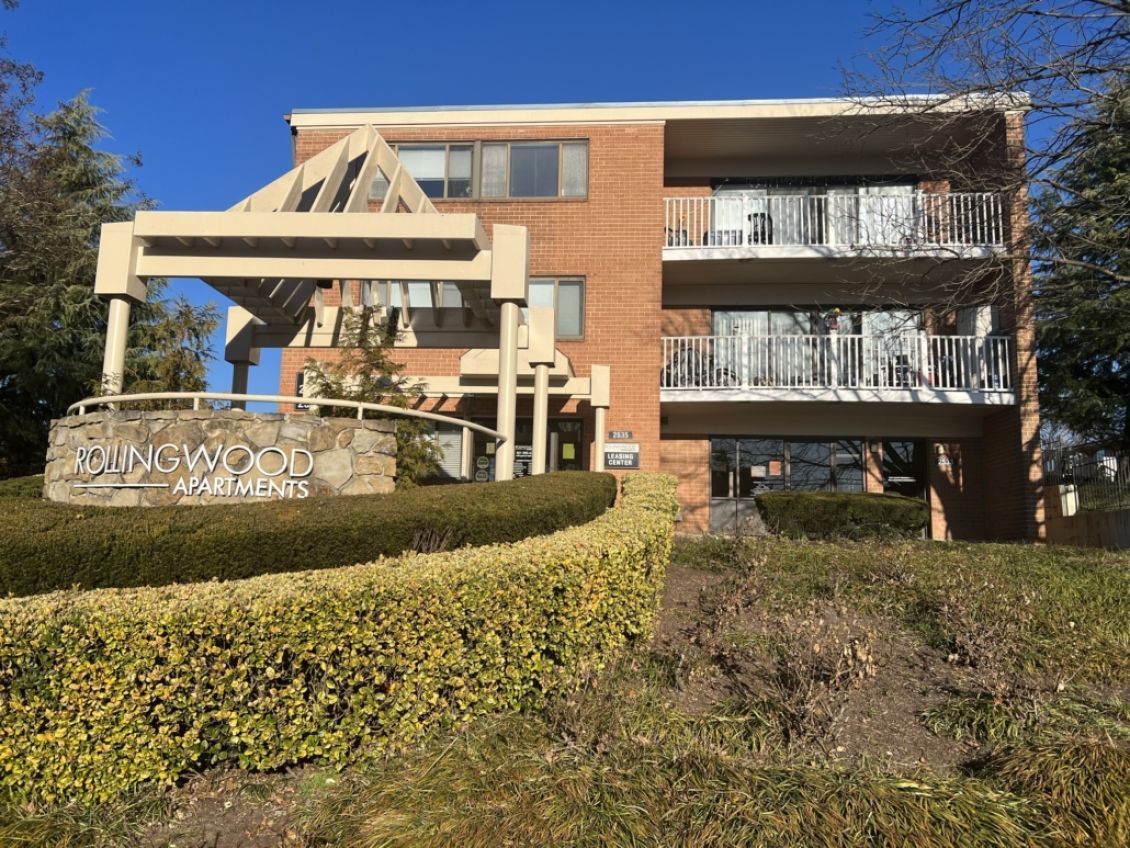No one plans for a global pandemic when applying for a grant. The National Housing Trust (NHT) was excited to receive the JPMorgan Chase award in 2019, along with our partners Enterprise and Latino Economic Development Center (LEDC). At the time, we knew it could be game-changing capital for both NHT and the community. The funding would allow us to be proactive in our approach, rather than reactive to what can often be a crisis of affordable housing along transit lines.
Then the world changed in March 2020. Things slowed down; the market was unpredictable. In the first two years there was so much uncertainty that nothing happened. However, we stayed hard at work, raised additional capital from Kaiser Permanente and Robert Wood Johnson Foundation (RWJ), and continued building relationships.
We were also constantly engaging with our partners at Enterprise, LEDC, and the larger Purple Line Corridor Coalition (PLCC). We leveraged JPMC, Kaiser Permanente, and RWJ funding with our lending capacity at NHT to create the Purple Line Capital Pool, which helps finance new construction and rehabilitation of residential properties along the corridor. Soon after, we were chosen to manage Montgomery County’s Affordable Housing Opportunity Fund (AHOF), which provides loans to acquire and preserve affordable housing. The JPMC capital was the game changing capital we thought it would be.
The Impact
The National Housing Trust is an affordable housing organization rooted in the preservation of communities. Our mission is to create and preserve affordable homes to provide opportunity, advance racial equity, reduce economic disparities and strengthen community resilience through practice and policy. Our involvement in the Purple Line aligns with the heart of our mission, and as a member of the Purple Line Corridor Coalition, we’re proud to support efforts to ensure communities along the Purple Line are preserved in an equitable way, and as places of opportunity for all residents who call it home.
In particular, the Purple Line Capitol Pool we manage plays a critical role to increase supply and improve the quality of affordable housing available in the corridor, which are housing goals that the coalition shares.
To date, the capital pool has preserved and created over 1000 units of housing along the Purple Line. We are preserving affordable communities for generations to come, allowing residents to benefit not only from a new transit line when completed, but also from the opportunities we know the Purple Line will bring their way.
Projects funded include:
New Carrollton: $2 million predevelopment financing for a 212-unit new construction project in New Carrollton, developed by Urban Atlantic.
Rollingwood Apartments: $2 million acquisition loan for a 283-unit preservation project in Silver Spring, developed by MHP.
Habitat for Humanity Garland Ave: $490,000 construction loan for a single family for-sale project in Takoma Park, developed by Habitat for Humanity of Metro Maryland.
The Lessons Learned
We are proud of our accomplishments and these lessons learned along the way:
- Prepare to be flexible: The pandemic impacted movement of property in the Low-income Housing Tax Credit (LIHTC) space which slowed our preservation pipeline. We had set ambitious unit goals, particularly around preservation. We aimed to preserve 750 units but ended the JPMC grant period preserving 466 units. However, even through the pandemic, nonprofits were looking to get affordable housing projects off the ground and needed predevelopment and acquisition funds for new units. Thanks to flexible capital, we were able to pivot to support their need, and as a result, created 607 new units, greatly exceeding our original goal to create 250 new units.
- A place-based preservation approach needs to consider all aspects of the market: We saw the power of the tools we had to preserve large multifamily projects and support existing residents. We also saw the need to continue to focus tools and capital to serve a range of development types. For example, projects like the Habitat for Humanity home provide valuable affordable homeownership opportunities, while supporting smaller building preservation is also a critical component of investing in the corridor. To preserve the fabric of a community is to preserve all its housing.
- It takes a village to preserve the village: The task of preserving a community, takes many partners. In the case of affordable housing, it takes public and private collaborations and capital. We were most successful when we combined privately funded Purple Line Capital Pool dollars with Montgomery County’s Affordable Housing Opportunity Fund (AHOF). In the case of Enterprise’s acquisition of Parkside Terrace, NHT pulled together senior debt from three entities, Housing Partnership Network, Woodforest National Bank and its own capital. In addition, Montgomery County provided AHOF capital in a subordinate position. Without the combination of the two, the acquisition would not have been possible given the need for lower interest rates to preserve low-income units. The creation and expansion of these types of collaborations is necessary if we are to scale the impact and meet the need of affordable housing.
NHT continues to support the preservation of communities along the Purple Line and is fielding loan requests on an on-going basis. We also continue to work with our partners in the PLCC to advance our priorities.
This multi-part blog series highlights the impact of work by Enterprise Community Partners, the Latino Economic Development Center, and the National Housing Trust in communities near the Purple Line expansion. This work was generously supported by JPMorgan Chase through its PRO Neighborhoods initiative. Read our first and second post.
